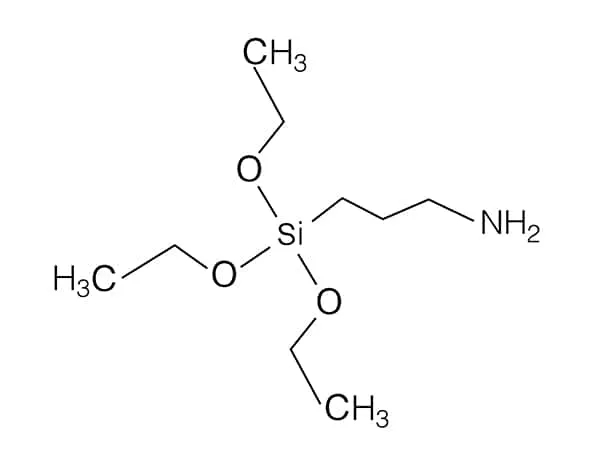Linear polymers have long chains held by weaker van der Waals force or hydrogen bonding. They are thermoplastic because heat can break the bonds between the polymer chains. This in turn allows the chains to flow past each other so that the material is remolded.
Crosslinking involves the formation of covalent bonding between adjacent polymer backbone. It creates an interconnected three-dimensional structure (Figure 1). The chemical bonds in the crosslinked polymer are stronger making them thermosetting in nature.

The key difference in linear and crosslinked polymers leads to variations in:
Mechanical properties,
Thermal properties, and
Chemical properties
This makes crosslinked polymers helpful in scenarios where high strength and stability are paramount. Figure 1 below shows a structure of linear and crosslinked polymers.